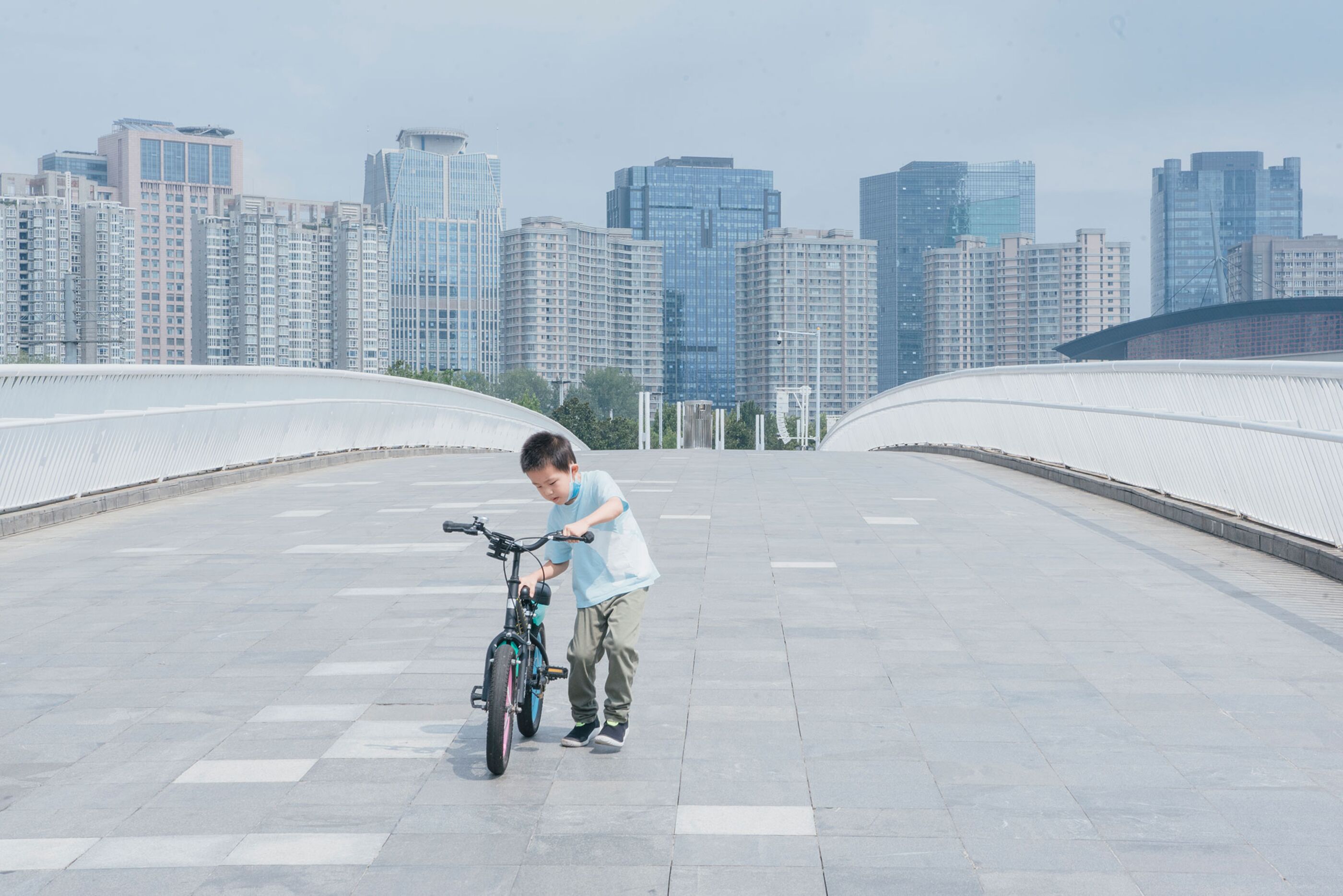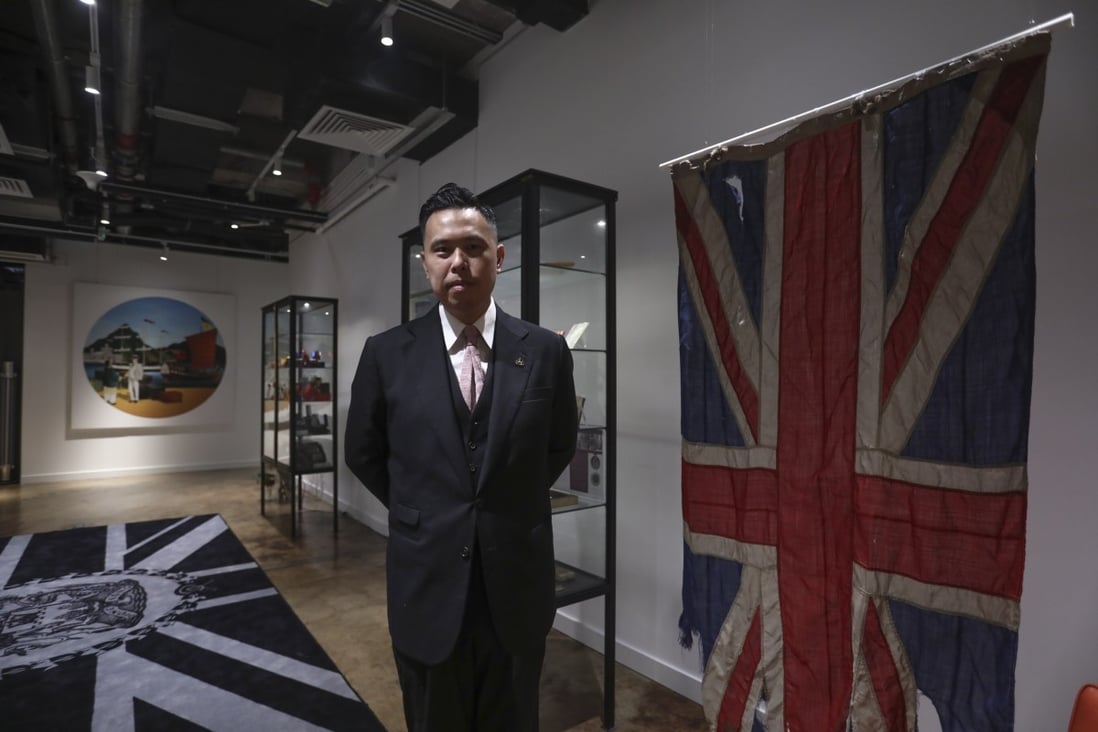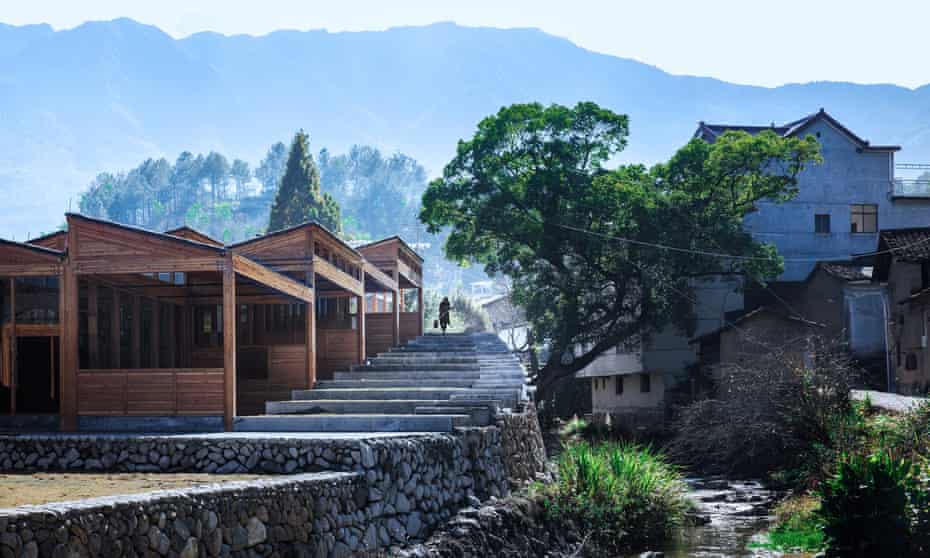Source: positionpolitics (3/17/25)
Back to the Future: A Walk through Huaqiangbei in 2025
By Fan Yang
As someone who grew up in Shenzhen in the 1980s-1990s and has lived in the US since 2000, I’ve come to see returning to the Special Economic Zone today as a journey “back to the future.” During my last trip there, I walked down the “memory lane” of Huaqiangbei (Huaqiang North Road, or HQB), the place once known for Shanzhai (or “knockoff”) cell phones back in the early 2000s but that was re-branded around 2015 as China’s “No. 1 Electronics Street.” To many, HQB emblematizes the city’s 40-year history borne of China’s post-1978 Reform and Opening Up. As I found my way there just after the Chinese New Year in 2025, the comingled notion of time – simultaneously captured in the “back to” and “the future” – was precisely what I experienced.
It was one of those warm winter afternoons in southern China, now designated as the Guangdong-Hong Kong-Macao Greater Bay Area (GBA). I took the East Rail Line from the Chinese University of Hong Kong (CUHK) (where I had been a visiting scholar) with an old friend from Shenzhen, a CUHK alumna who now works at Amazon Web Services in Hong Kong. We were going to Shenzhen to have dinner with friends from our elementary and high schools. Arriving at Lok Ma Chau, we joined the crowd heading “up” – what the Hong Kong locals would say, referring to the geographical movement up north to the mainland. Back when I first arrived in Shenzhen in 1986, visiting Hong Kong (or even purchasing goods from there at duty-free stores in the city) was an encounter with the more modern, the more advanced, the more “developed” world – “the future.” These days, however, more people regularly travel from Hong Kong (including Hong Kong natives and residents originally from mainland) to Shenzhen for leisure, entertainment, and consumption in general. As friends in Hong Kong have repeatedly told me, everything is “half-price” once you cross the border, and the service is better and choices more abundant. Many have opted to live in Shenzhen and commute to Hong Kong to cut the costs of living, hailing the GBA into everyday being. . . [READ THE ENTIRE ARTICLE HERE]








 PRISM 19.1 (2022)
PRISM 19.1 (2022)

